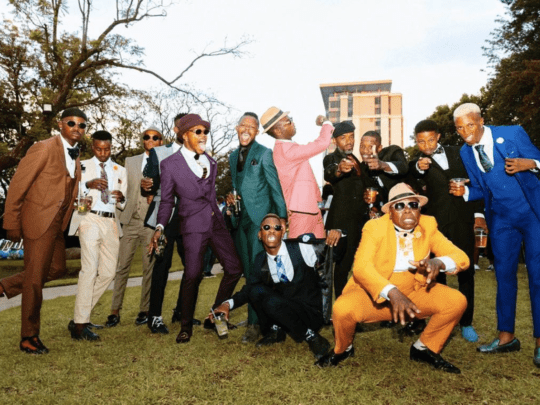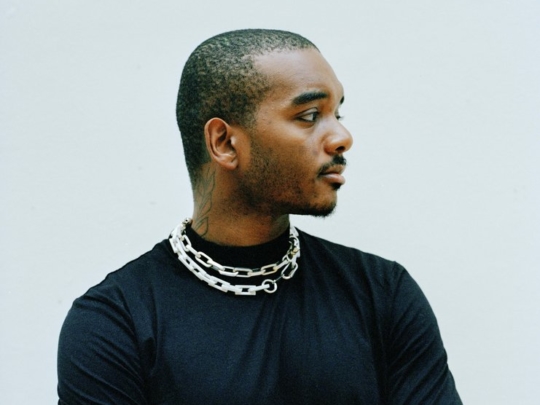“It’s like a good game of chess – every day,” says Anya Hindmarch, designer and CEO of her eponymous label. She’s talking about running a fashion business, which she has done on and off for more than three decades.
Anya Hindmarch: What’s it really like to run a fashion business in the 2020s?
Right now, she’s very much on. FashionUnfiltered collected the wisdom of Hindmarch at this summer’s Shoptalk Europe (June 12-14), a retail conference and exhibition staged at ExCel London.
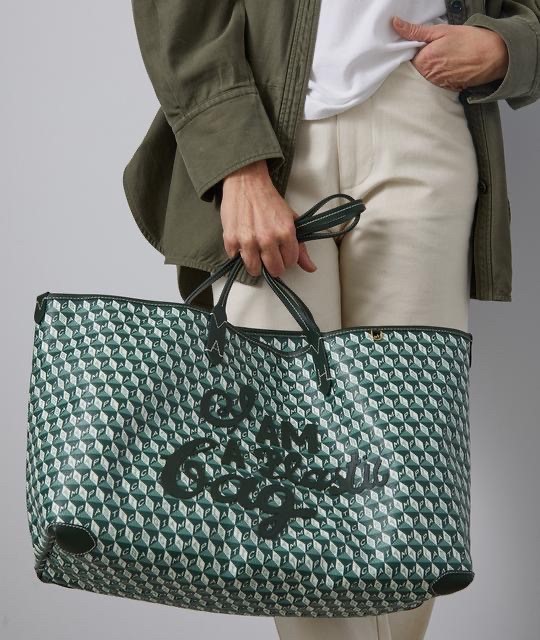
Image Courtesy of Aya Hindmarch
Starting her business aged 19 after studying Italian in Florence for a year, Hindmarch (now 54) steadily expanded her self-financing business, building it to 58 stores in 10 countries. The Qatari royal family’s investment fund bought a controlling stake for £38 million in 2012, but Hindmarch took back majority control in 2019 after the brand ran up losses. Hindmarch has also found time to raise a family with husband (and colleague) James Seymour – they have five children.
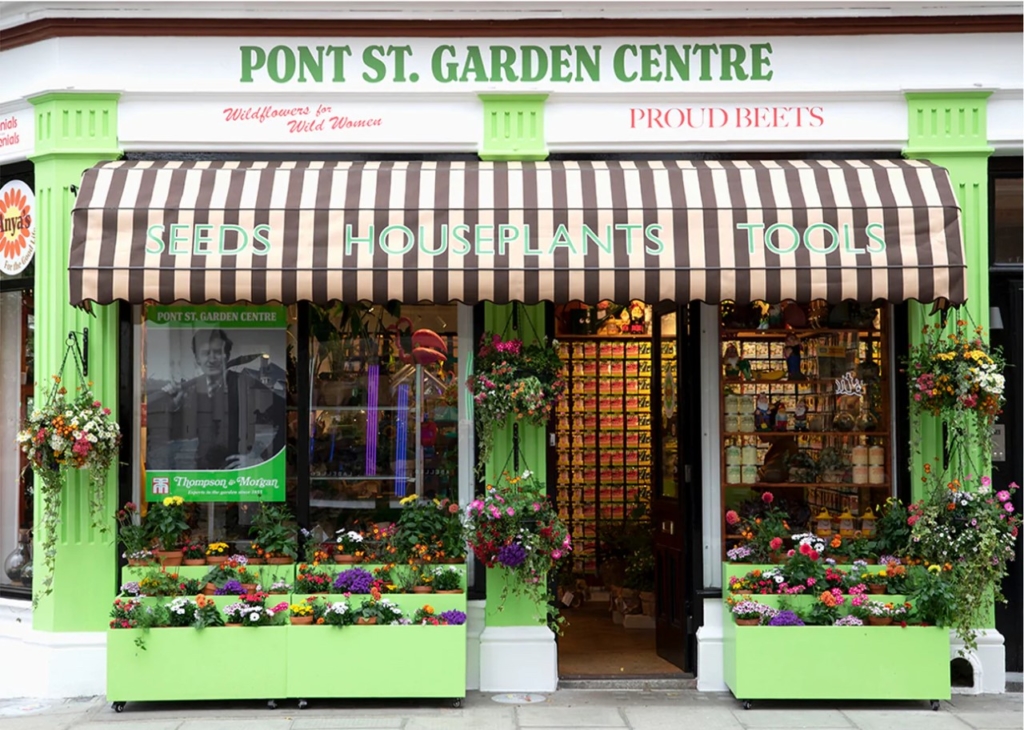
Image Courtesy of Aya Hindmarch
Here are some of her thoughts on the fashion business and how she is re-engineering hers:
On the questionable value of fashion shows
After a run of high-profile runway shows in the brand’s early years, Hindmarch chose to scrap hers. “They didn’t feel that inclusive. The concern was – 20 minutes of big effort for the industry only, for invited people only.”
On the power of experience
In a digital world, retail has to engage to justify its existence. She references her Chubby Hearts project, first launched in 2018 as “a love letter to London”, with 29 giant inflatable heart-shaped balloons spread across the city. “It’s about the power of experience and the need of people to feel included.”
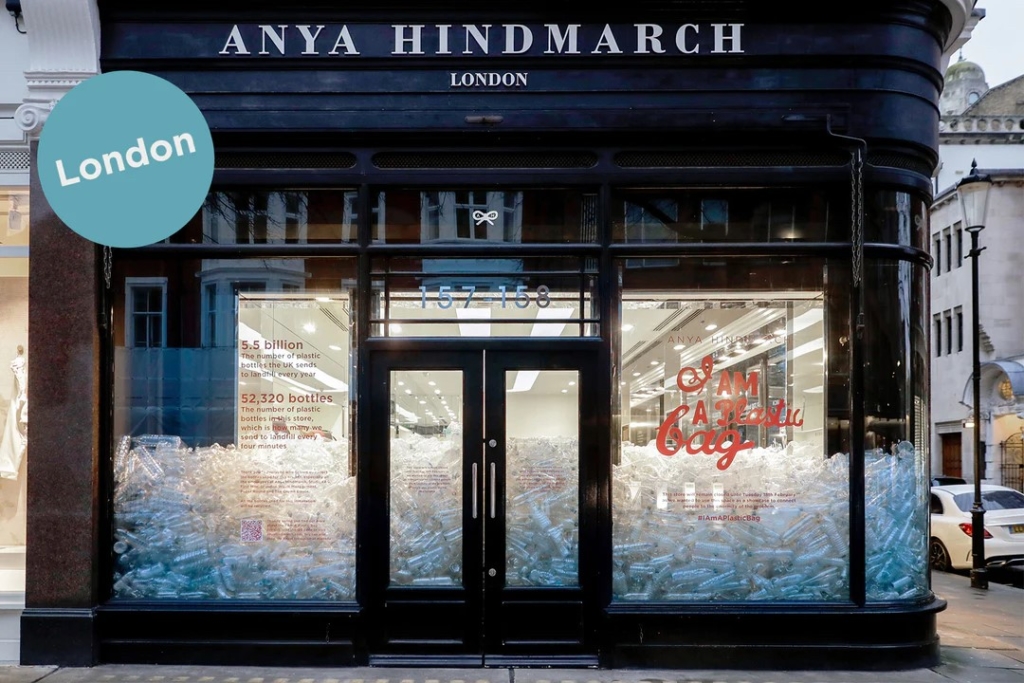
Image Courtesy of Aya Hindmarch
On going local
Picking up full control of her business in 2019, the designer instinctively knew, “I didn’t want to go back to the cookie-cutter stores around the world where it’s the same window display whether it’s Singapore or LA.” In 2021, she revamped her first store in London into The Village – a quintet of evolving concept stores on Pont Street, Belgravia. “It felt like a magnet,” she says. “Very authentic.” And the future of retail? “The next ten years are going to be about localisation, it’s going to be a real shift,” she says.
On returning to nature
“There is no waste in nature, no need for landfills,” she points out. That thought prompted the making of biodegradable bags in her Return to Nature colletion, launched in 2019. The big challenge for designers going forward? “How to design the end of life into the design of the product,” she says.
On innovation in fashion
“My approach is less about innovation,” she says. The focus is on refilling and reusing. Look to where fashion comes from, she insists. “Everything we buy and eat, and wear is farmed. Everything comes from soil – fashion comes from soil.”
Sustainability, she says, starts with “two words – common sense.” In an age of fads and a herd mentality, it’s important not to jump on the latest bandwagon. “Vegan leather? You think that’s a good thing? It’s not, it’s just plastic.” By contrast, leather can be “an incredibly smart way of using a natural resource… when sourced locally as a byproduct of the meat industry from a regenerative farm”.
On sustainability
Plastic should be kept in circulation, Hindmarch says. “It’s not about awareness. People are aware, it’s about what we need to do.” In early 2020, she introduced her I Am a Plastic Bag collection of cotton-canvas-feel bags, each made from 32 half-litre recycled bottles, launched at her Belgravia store with a display of 90,000 used bottles. The bags are designed never to be thrown away. “It you see it, you connect to the problem… [It’s] part protest, part art installation.”
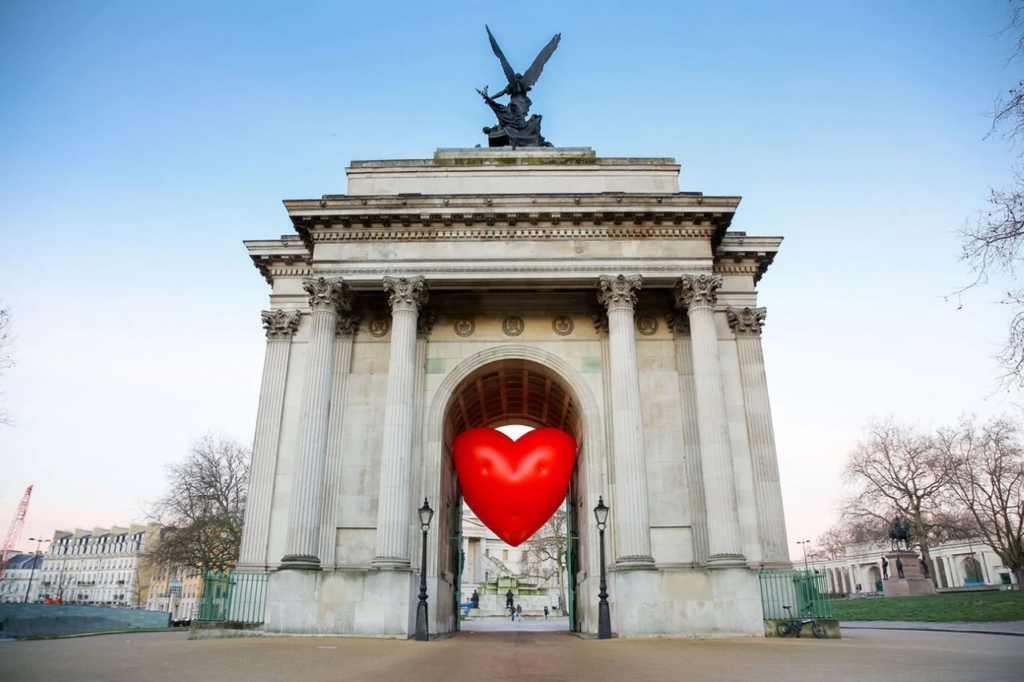
Image Courtesy of Aya Hindmarch
On greenwashing
“Just be honest and tell your consumers the story,” she says. “Take people on the journey. Don’t greenwash if it doesn’t do you any favours. People can smell it. Say what you’re good at and what you’re not good at. By pretending or trying to be perfect, we’re doing ourselves a disservice.”
On purpose versus profit
“For all of us to put the environment on top of our agendas we need to not be worrying about the next meal,” she says. Hindmarch encourages all designers to refocus on the environment. “Once you start that journey, it becomes addictive.”
Realism is top of her agenda. “You can’t grow a business and completely reduce your carbon. Ultimately, we’ll have to reduce our footprint as much as we can.”

